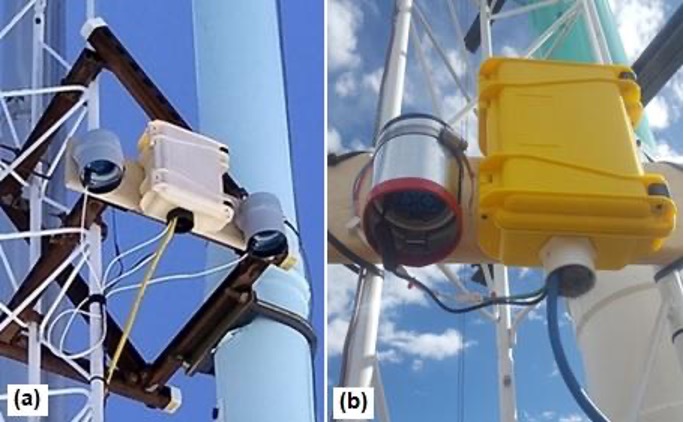A potential application of a low-cost sensor in global aerosol monitoring
By Xinyi Zeng (xinyi.zeng@noaa.gov), Science Communications Specialist, Patrick Sheridan (patrick.sheridan@noaa.gov), GRAD Aerosol Program Lead, and Elisabeth Andrews (betsy.andrews@noaa.gov), CIRES Research Scientist
New research in Atmospheric Measurement Techniques evaluates the use of a low-cost, widely-used PurpleAir sensor to estimate aerosol light scattering properties. Global Monitoring Laboratory scientists Patrick Sheridan, Elisabeth Andrews (affiliated with CIRES), and John Ogren (retired) are co-authors of the paper.
Research grade integrating nephelometers can provide high-quality aerosol light scattering data, but only about a few hundred are operated around the world. With a better understanding of what the PurpleAir sensor measures, how it works, and its uncertainties, the large network of PurpleAir sensors could be used to estimate aerosol scattering properties throughout the world. These data could then help improve earth system models, advance climate change predictions, and provide for better air quality forecasts.
The results show that the PurpleAir sensor appears to behave as an imperfect, reciprocal integrating nephelometer, and can be used to estimate the 1-hour average fine aerosol scattering coefficient across a wide range of aerosol conditions (clean to polluted) in low-relative-humidity environments.
Data from GML’s Mauna Loa Observatory in Hawaii and the Boulder Table Mountain site in Colorado are used to compare with modeled results using PurpleAir measurements.
